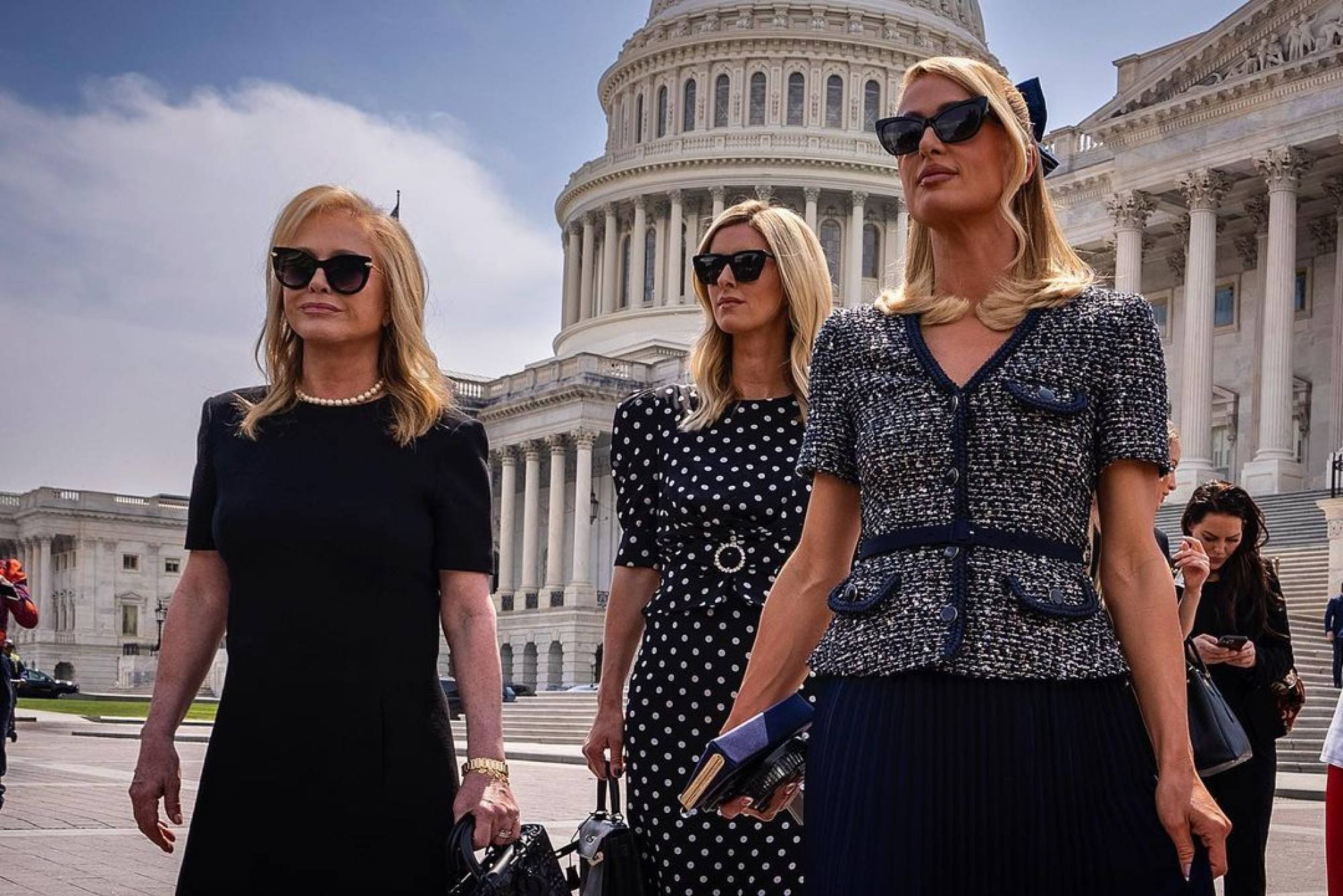Inside Netflix’s Hell Camp: Teen Nightmare – what is ‘wilderness therapy’, which camp was Paris Hilton sent to, and what happened to the man behind the Challenger Foundation, Steve Cartisano?

New Netflix documentary Hell Camp: Teen Nightmare has shocked viewers after exposing the truth behind America’s “behavioural camps” for children.
Directed by Liza Williams, the 90-minute film explores the lines between discipline and abuse, sharing the stories of survivors and the people behind the brutal Challenger programme.
Here’s what we learned about the camp ... and the people who run it.
What was the Challenger programme?

The programme was run by the Challenger Foundation, an organisation established in 1988 by Steve Cartisano, a retired US Air Force instructor and military special forces officer.
The Challenger programme surprised “disobedient” teenagers in their beds in the middle of the night, transporting them to a wilderness camp in the US state of Utah, with parents footing exorbitant bills even exceeding US$16,000 for said “obedience training”.
Michelle Yeoh takes on a new role in Netflix series The Brothers Sun
Once at the “therapy camp”, the children stayed for at least 63 days to complete the programme. They were forced to hike 800km (500 miles) through the desert, sleep on the ground, pull handcarts through rocky terrain, and skin and cook animals. Punishments included packing rocks in campers’ backpacks to weigh them down and tying campers up by their hands and feet.
Most of the kids weren’t actually “troubled”

The definition of a “troubled teen” was less open to debate in the 80s and 90s, mainly coming down to the opinions of frustrated parents. Williams said that, in retrospect, many of the kids needed totally different treatment protocols, or merely had unhealthy relationships with their parents.
Speaking to Variety, Williams said: “I do think that part of the problem with some of the teenagers who were sent to the camps in the 80s or 90s is probably some of them had quite serious mental health problems, behavioural problems that maybe weren’t diagnosed or understood at the time.”
Meet Charles Melton, the breakout star of twisty Netflix film May December
Initially, Williams thought the film was going to be about badly behaved teenagers, but that wasn’t always the case. “Sometimes that is the case and parents were really tearing their hair out and didn’t know what to do about their child who was putting themself in danger,” she said. “But there were other examples where it felt like the child just had a really bad relationship with their mum or dad.”
The end of the Challenger Foundation

Everything began to change in the wake of the tragic 1990 death of 16-year-old Kristen Chase, who succumbed to heatstroke during an exhausting hike through the desert. With multiple court cases pending, the Challenger Foundation was forced to shut down and declare bankruptcy.
Cartisano faced child abuse and negligent homicide charges, but was found not guilty of all criminal charges in Chase’s death. The girl’s parents then filed a federal lawsuit against the camp and Cartisano. The lawsuit was eventually settled in 1994 for US$260,000.
How K-drama star Lee Do-hyun became a Netflix darling
But that didn’t stop Steve Cartisano …

Following Chase’s death and the court settlement, Cartisano’s reputation was in the gutter – but that didn’t deter him from trying to continue with his unethical camps. His next venture was HealthCare America, which was closed after abused and dishevelled teenagers were found tied to a car. Cartisano then attempted a third camp – Pacific Coast Academy, located on the Polynesian island of Samoa. This was shut down by the US embassy after a video was leaked exposing the horrific conditions that campers were being exposed to.
Which camp was Paris Hilton sent to?

In 2021, Hilton went to Capitol Hill to speak out against facilities like Provo Canyon and share details of the horrors she endured. “I was strangled, slapped across the face, watched in the shower by male staff,” she revealed.
Who is Britney Spears’ long-time friend and manager, Cade Hudson?
What happened to Steve Cartisano?

Cartisano’s “tough love” approach was meant to teach “troubled teens” values like responsibility, discipline and appreciation for their parents, but these tactics quickly degenerated into abuse, as seen on the Netflix hit series. Despite his actions and the many accusations levied against him over the years, Cartisano was never convicted on criminal charges. He died aged 63 in 2019 from a heart attack after battling stage four colon cancer.
The rise of “therapy camps” in the US

Despite the new Netflix documentary leaving viewers in shock, there are still plenty of “therapy camps” operating in the US to this day. Even after years of documented abuse and deaths, such programmes have no federal oversight in the country, leading to mostly non-existent regulations. Camps like BlueFire, Rites of Passage and Outback Therapeutic Expeditions are currently operational, all of them claiming to provide “wilderness therapy” to their mostly unwilling campers.

- The streaming giant’s new documentary lifts the lid on the Challenger Foundation, whose ‘tough love’ programme – including 500-mile hikes through the Utah desert – left a 16-year-old camper dead
- Paris Hilton was forcibly sent to a similar Utah facility, Provo Canyon School – where, she says, ‘I was strangled, slapped across the face, watched in the shower by male staff’